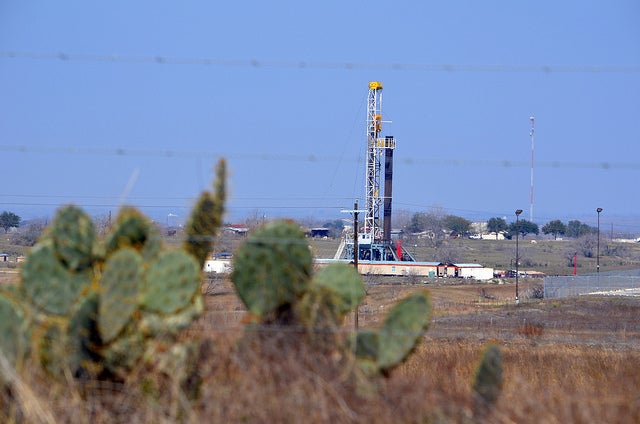Today, over 12 million Americans live within one-half mile of oil and gas operations. These facilities are located where people work and recreate, and where children go to school. While the administration has taken critical initial steps to limit pollution from some of these operations, their efforts to date don’t get the job done: Approximately 75 percent of today’s oil and gas operations still do not face any federal requirements to limit their emissions of harmful methane and toxic air pollution.
It’s great to see growing national and international interest being brought to an issue that was deserving of attention many years ago. But we need to move faster to rein in this problem.
Why the urgency? Here are four reasons:
- Americans across the country are seeing the impact of an uncontrolled oil and gas industry on their air quality.











 The price we all pay for electricity generally does not reflect the “true costs” of producing it. As described in a recent
The price we all pay for electricity generally does not reflect the “true costs” of producing it. As described in a recent  Aliso Canyon was a big methane release, especially in Los Angeles, but in the grand scheme of methane released every day by the nation’s oil and gas industry, it was a blip. And recent
Aliso Canyon was a big methane release, especially in Los Angeles, but in the grand scheme of methane released every day by the nation’s oil and gas industry, it was a blip. And recent  Over the past few months, hundreds of thousands of people across the U.S. have spoken out in support of action on one very important topic: methane.
Over the past few months, hundreds of thousands of people across the U.S. have spoken out in support of action on one very important topic: methane. No one ignores an opportunity to save billions of dollars. Numbers of that size are enough to make an audience take notice, even in a business like commercial real estate, where deals in the hundreds of millions and billions are commonplace.
No one ignores an opportunity to save billions of dollars. Numbers of that size are enough to make an audience take notice, even in a business like commercial real estate, where deals in the hundreds of millions and billions are commonplace. America got a rare unanimous decision from the Supreme Court this week in a case that has widespread implications for our electric grid, as well as the markets and regulations that govern and move it.
America got a rare unanimous decision from the Supreme Court this week in a case that has widespread implications for our electric grid, as well as the markets and regulations that govern and move it.